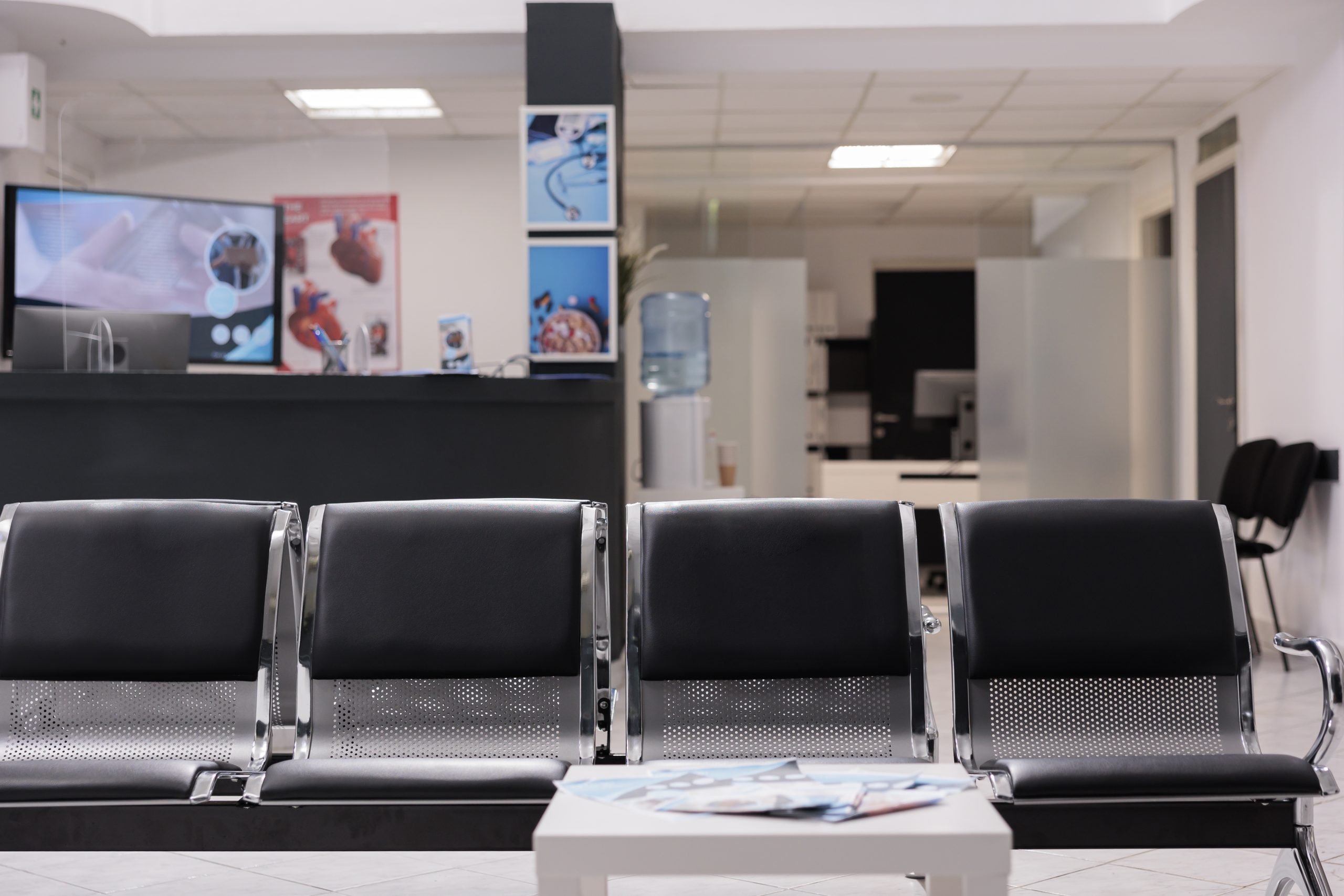
For over a decade, improved access has been one of the most significant components of the national healthcare discussion. It’s a sizeable talking point, and it’s tempting to think that securing a doctor’s visit is enough to ensure good health. That assumption is incorrect.
Instead, research shows a variety of other factors, collectively known as social determinants of health (SDOH), play a much more pivotal role in health outcomes. These elements can impact anyone, but the Medicaid population is frequently the most affected. For example, many patients struggle to keep up with regular clinic visits. Missed visits often lead to emergency department (ED) overutilization.
Fortunately, it’s possible to reduce the SDOH effect. Partnerships between community health workers (CHWs) and payers can help re-route patients to the primary care services they need before they resort to the ED.
SDOH and the Medicaid Population
SDOH—underlying economic, education, healthcare, environmental, and social factors—profoundly affect a patient’s overall well-being. In fact, 90% of what contributes to an individual’s overall health, including premature death, stems from SDOH. These problems can include:
- Few educational or job opportunities
- Low access to nutritious foods
- Limited language or low literacy
- Polluted air and water
- Racism and discrimination
- Unsafe housing and neighborhoods
- Lack of reliable transportation
“SDOH have a big influence over someone’s health condition and situation, particularly for our Medicaid patients,” says Charlonda Thrower, LMSW, MBA-HCM, Innovista Health’s director of Medicaid Programs for the North Texas Market. “In the last three years, four concerns—food, transportation, housing, and childcare—have fluctuated as the top problems for this group.”
It’s well known that poverty contributes to problems that negatively influence health, like lower access to safe neighborhoods, healthy foods, and higher education. Overall, these SDOH contribute to over one-third of total deaths in the United States annually.
Partnering for Health
Combatting the negative impacts of SDOH requires close collaboration. And CHWs form the backbone of these efforts. To address these challenges, they:
- Facilitate scheduling primary care appointments
- Coordinate referrals to community-based organizations
- Complete SDOH assessments to identify challenges
- Use data analytics to prioritize patients and their needs
- Work directly with specific physician practices (also known as CHW embedment)
With their in-depth patient knowledge, CHWs work with payers to reach patients who need assistance and help doctors better provide services.
“We communicate with one of our payers, Amerigroup, at least monthly to alert them to patients we learn need help through our relationships with their providers. Then we connect those patients with the payer services they need,” Thrower says. “In some cases, Amerigroup is already working with the patient. For newly identified patients, though, they connect them with a variety of programs.”
CHWs use risk stratification to target patients. Then, to gauge progress, they measure primary care provider connectivity and examine the quality of outcomes. In this instance, a drop in ED utilization equals success.
Reducing ED Overutilization
Genovista (a joint venture between Genesis Physicians Group and Innovista Health) and Amerigroup tested the power of their partnership in 2020. They detected their patient population’s pre-pandemic ED utilization was nearly 50% higher than Medicaid’s national goal. Based on their analytics, they saw the possibility for improvement.
“When our patients present to the ED, roughly nine times out of 10 they are not admitted,” explains Thrower. “That means they didn’t need to be there. Our data identified this discrepancy as an opportunity for our Genovista CHWs to directly impact patients going into the ED.”
Using artificial intelligence algorithms, they identified their most frequent ED utilizers from the previous year. Then, everyone went to work. CHWs received alerts about each patient who visited the ED. Within one to three days post-discharge, they contacted patients to complete an SDOH assessment and conduct motivational interviews.
“With motivational interviewing, we encourage the patient to tell us their story in their own words. There’s no blaming or shaming,” Thrower says. “It’s an effort to determine the root cause of their problems and direct them to an alternative to the ED.”
During these conversations, CHWs introduced patients to ED alternatives, including:
- Call your doctor first (also advertised on posters in doctors’ offices)
- Dispatch Health (a mobile urgent care organization)
- Live Health Online
- 24-hour nurse line
- Urgent or after-hours care
If needed, CHWs connected patients with community resources, helped them set up a primary care visit, and followed up with them within a week. As a result, the overall ED utilization fell by nearly 40% within nine months.
Alongside this reduction, Genovista and Amerigroup identified several positive trends:
- Improved engagement between CHWs and patients
- Improved engagement between physicians and patients
- More patients actively connecting with a primary care provider
One Patient’s Success Story
This CHW intervention significantly benefited one patient in particular, reducing her outpatient cost and saving her time in the hospital.
In 2021, this patient visited the ED 69 times, not including admissions or readmissions. These encounters carried a hefty $34,305 price tag. To reduce her utilization, Genovista connected her with a CHW.
“Our CHW talked with her and looked at ways to mitigate the SDOH that were at play,” Thrower says. “We identified her needs and resolved the majority of those barriers.”
The CHW directed her to other alternatives for her non-emergent care needs, community-based organization referrals, and additional support services from Amerigroup such as remote patient monitoring. As a result, her ED visits plummeted to two unavoidable emergency care encounters in 2022, and the cost dropped to $711.
This outcome showcases the significant shift in healthcare that’s possible when providers, patients, and payers collaborate to combat the SDOH impact.
“What we do is a science and an art. The science is the data that drives us—it tells a story and shows us where we need to target. The art is the human connection; listening to patients talk about their challenges, how they welcome better healthcare for their families,” Thrower says. “It is the power of partnership with our payers, patients, doctors, and [other] stakeholders that we can truly lift the weight of SDOH and bring about change for this population.”


